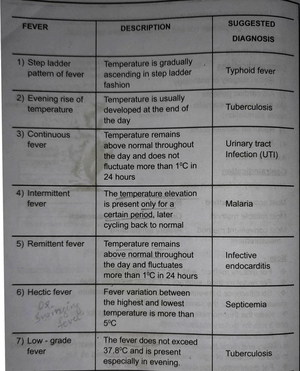- Information
- AI Chat
Was this document helpful?
Directing - Nursing management notes
Course: Nursing (01)
804 Documents
Students shared 804 documents in this course
University: Kerala University of Health Sciences
Was this document helpful?

DIRECTING
Meaning
Directing is said to be a process in which the managers instruct, guide and
oversee the performance of the workers to achieve predetermined goals.
Directing is said to be the heart of the management process. Planning,
organizing, staffing have got no importance if direction function does not take
place.
Directing initiates action and it is from here actual work starts. Direction is
said to be consisting of human factors. In simple words, it can be described as
providing guidance to workers is doing work.
Definition
. According to Human, <Directing consists of process or technique by which
instruction can be issued and operations can be carried out as originally
planned= Therefore, Directing is the function of guiding, inspiring, overseeing
and instructing people towards accomplishment of organizational goals.
Directing is a continuous process initiated at top level and flows to the bottom
through organisational hierarchy.
Elements
Direction has following elements:
• Supervision
• Motivation
• Leadership
• Communication
(i) Supervision- implies overseeing the work of subordinates by their
superiors. It is the act of watching & directing work & workers.
(ii) Motivation- means inspiring, stimulating or encouraging the sub-ordinates
with zeal to work. Positive, negative, monetary, non-monetary incentives may
be used for this purpose.
(iii) Leadership- may be defined as a process by which manager guides and
influences the work of subordinates in desired direction.
(iv) Communications- is the process of passing information, experience,
opinion etc from one person to another. It is a bridge of understanding.
Direction has got following characteristics:
Students also viewed
Related documents
- Voluntary Health Agencies:-non- governmental autonomous, non profit organization
- Menstrual Cycle - Lecture notes 1
- Complementary therapies in midwifery practices
- Antenatal Exercises are exercises done at the time of antenatal period in pregnancy
- Neurological Assessment: overview
- GCS-Glascow coma Scale,The neurological tool.














